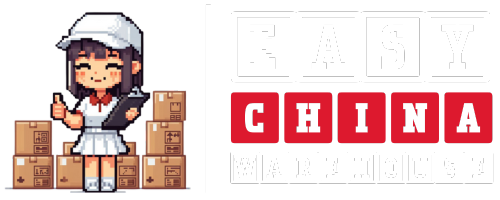Login
How Amazon Sellers Manage Shipments from China to Italy Amazon Warehouse

In the world of cross-border e-commerce, efficient logistics are paramount for success. For Amazon sellers, shipping from China to Italy can be an intricate process that requires careful planning and execution. Understanding the nuances of this shipping journey can not only streamline operations but also enhance profitability. Here’s a comprehensive guide on how Amazon sellers can effectively manage their shipments from China to Amazon warehouses in Italy.
Understanding the Shipping Process
Shipping goods from China to Italy involves several key steps that sellers must navigate to ensure timely delivery and compliance with international regulations.
- Choosing the Right Freight Forwarder
Selecting a reliable freight forwarder is crucial. A good freight forwarder will help manage logistics, customs clearance, and transportation. They can provide insights on the most cost-effective shipping methods, be it by sea or air, based on the urgency and type of goods being shipped.
- Documentation and Compliance
Proper documentation is vital for smooth customs clearance. Sellers should prepare necessary documents, including commercial invoices, packing lists, and shipping labels. Understanding Italy’s import regulations and tariffs will also aid in avoiding customs delays.
- Shipping Methods:
Sellers have various shipping options, such as air freight, which is faster but typically more expensive, or sea freight, which is cost-effective for larger shipments. Depending on the urgency and budget, sellers must choose the appropriate method to balance speed and cost.
- Fulfillment by Amazon (FBA) Requirements
Amazon has specific requirements for shipments sent to its warehouses. Sellers must ensure that their products meet FBA guidelines, including packaging, labeling, and shipping standards. Familiarizing oneself with these requirements will help in avoiding penalties and ensuring a smooth delivery process.
- Customs Clearance
Once the goods arrive in Italy, they must clear customs. This process can be complex, so it’s advisable to work with a customs broker who can facilitate the clearance process and ensure compliance with local regulations.
- Last-Mile Delivery
After customs clearance, the focus shifts to last-mile delivery. This final leg of the journey is crucial as it directly impacts customer satisfaction. Sellers should partner with reliable local couriers to ensure timely delivery to Amazon warehouses.
Managing Costs Effectively
Cost management is a significant aspect of shipping from China to Italy. Here are a few tips to keep expenses under control:
- Consolidation of Shipments: Combining smaller shipments into a larger one can reduce shipping costs significantly. This method, known as freight consolidation, allows sellers to take advantage of bulk shipping rates.
- Negotiating Rates: Building a relationship with freight forwarders can lead to better pricing. Many logistics providers are open to negotiations, especially for regular shipments.
- Utilizing Efficient Packaging: Proper packaging not only protects goods but can also reduce shipping weights and volumes, leading to lower costs
Leveraging Technology
In today’s digital age, technology plays a pivotal role in optimizing shipping processes. Sellers can use various tools and platforms to streamline their logistics operations:
- Inventory Management Systems: These help track stock levels, manage orders, and forecast demand, ensuring that sellers can respond promptly to market changes.
- Shipment Tracking Tools: Real-time tracking allows sellers and customers to monitor shipments, enhancing transparency and trust.
- E-commerce Integrations: Seamless integration with platforms like Amazon, Walmart, and Shopify enables sellers to manage orders efficiently and keep their customers informed.
Conclusion
Managing shipments from China to Italy requires a strategic approach, focusing on logistics, compliance, and cost management. By leveraging the right tools and partnerships, Amazon sellers can enhance their shipping efficiency and ultimately drive their business success in the competitive world of cross-border e-commerce.
For more insights on shipping logistics and how Easy China Warehouse can assist you in your cross-border e-commerce journey, visit our blog and explore our services designed to meet your needs. Embrace the complexities of international shipping with confidence and watch your business thrive!
